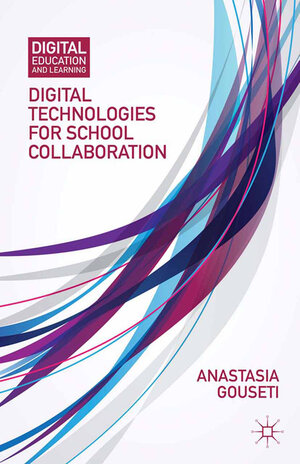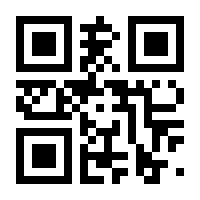
"Programs that provide opportunities for transnational collaboration between schools have been around for some time, but the potential expansion of these through new technology has yet to be evaluated in a principled way. Gouseti's book does just that. Based on case studies of teachers' and students' experiences of the European eTwinning program, she provides a detailed analysis of the promises and pitfalls of web-based school collaboration, providing an excellent overview and critique of the rhetoric associated with web 2.0 and 'participatory culture.' This is a book that is well-informed, well-argued and scholarly throughout, offering practical guidance on how to develop school collaboration through new media.„ - Guy Merchant, Professor of Literacy in Education, Sheffield Hallam University, UK
“The field of educational technology is full of broad expectations and assumptions. As such, detailed examinations of the complex realities of technology and education are always welcome. In this book, Gouseti provides just such an insight into the everyday constraints that have a significant bearing on digital education. This book offers a salutary reminder than very little in education is ever as straightforward as we are promised. An important book for anyone interested in contemporary schools and schooling." - Neil Selwyn, Professor of Education, Monash University, Australia




